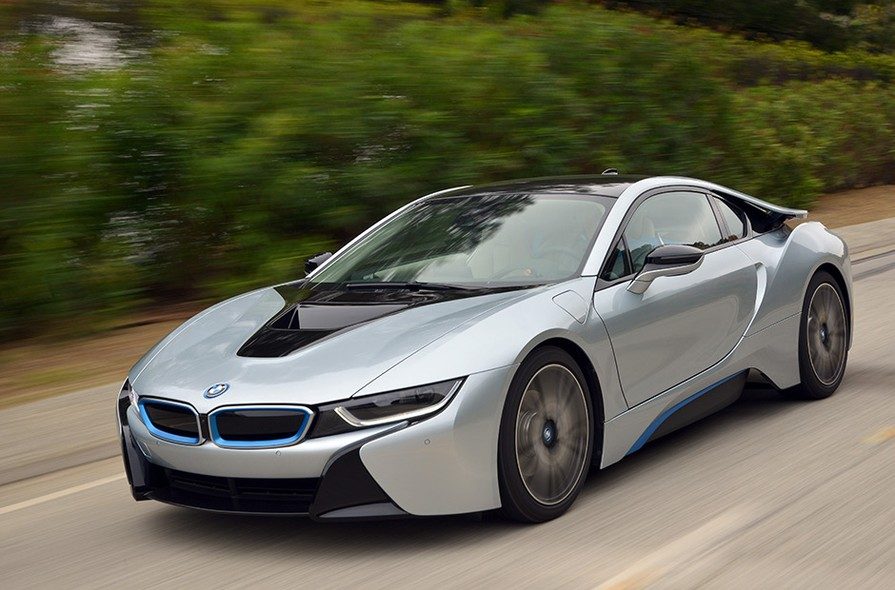I'd have to post this again, but with a little more clarity and detail...
Lamborghini Murcielago '01
#Road Car, #Midship
572hp/1,650kg/M4WD/NA/V12
To be sold in Brand Central.
“
The earliest example of the first Audi-developed Lamborghini flagship is still as timeless as ever.”
In 2001, the Murcielago was introduced as the first brand new model under the new era of Lamborghini as they had been acquired by Volkswagen as their first new original design, succeeding the Diablo series after a long 11-year production run.
And like most Lamborghinis, the mainline model series was always named after a fighting bull, where in this case, the Murcielago was named after one that refused to die after being struck by a matador’s sword, and is also coincidentally the Spanish word for “bat”. What was carried over after previous generations were the wedge-like styling and the iconic scissor doors.
Powering the very first model in the Murcielago model family was a 6.2-litre V-12 engine that had been derived from the same Bizzarrini-designed V-12 engine technology that had been in service on most of Lamborghini’s flagships since the company's inception in 1963, dating all the way back to their first production car, the 350GT.
This meant that the original Lamborghini V-12 engine was at the climax of its development with the Murcielago, and would see further enhancement and enlargement of up to 6.5 litres with its later derivatives, eventually making this engine the last of its kind, and the Murcielago the last model family to use this historic engine. As it was the first model in its timeline, it produced 572 hp at 7,500 rpm and 479 ft-lb of torque at 4,500 rpm.
All this extreme horsepower in such a carefully crafted engine was capable of producing a beautiful and mighty-sounding roar that easily grabs people’s attention as one were to drive by, in which it is truly a car that demands to be driven on winding roads and is also welcome on the track. It also results in a 0-100 time of 3.8 seconds and a top speed of around 332 km/h.
In order to keep it under control, despite its somewhat hefty 1,650 kg weight, its carbon fibre body is mated to an all-wheel drive drivetrain as standard, breaking tradition of previous models, with the addition of independent double wishbone suspensions on all four corners, to ensure that the car is always agile and alert with stunning predictability with how it turns and brakes.
What also made the original Murcielago stand apart from its later derivatives was the use of a six-speed gated manual transmission which continues to delight hardcore enthusiasts, despite the use of manual transmissions becoming somewhat of an endangered species. However, an automatic “e-Gear” transmission option was also offered. Of course, the model you see here is equipped with the iconic gated manual.
Within its breathtakingly beautiful wedge-shaped body also comes with function that meets its form. When at higher speeds, the active air intakes on the side dramatically change shape to improve aerodynamics and aid in the cooling of the engine.
As for the interior, it was both functional as it was luxurious, being spacious and wrapped in the highest-quality leather, and that some owners even chose the flashiest colors of leather to match with the car’s exterior as it had various color options.
In 2003, the 40th Anniversary Edition model was released exclusively with the Verte Artemis paint scheme only, alongside special wheels, body trim and unique leather, in which only 50 examples were sold, and in today’s money, can fetch prices as handsome as $1,000,000. It was also the year that a roadster version also came out as well.
The original Murcielago was also a pop culture icon, being owned by many celebrities, especially rappers, who would often feature the car in music videos, usually featuring custom aftermarket wheels.
All in all, the allure of the original Murcielago cements its place among the greatest modern Lamborghinis ever created, and one whose popularity beats out even its later and faster derivatives in its model family line, simply because even for a machine that is old school, it still felt very ahead of its time, and remains timeless for years to come.


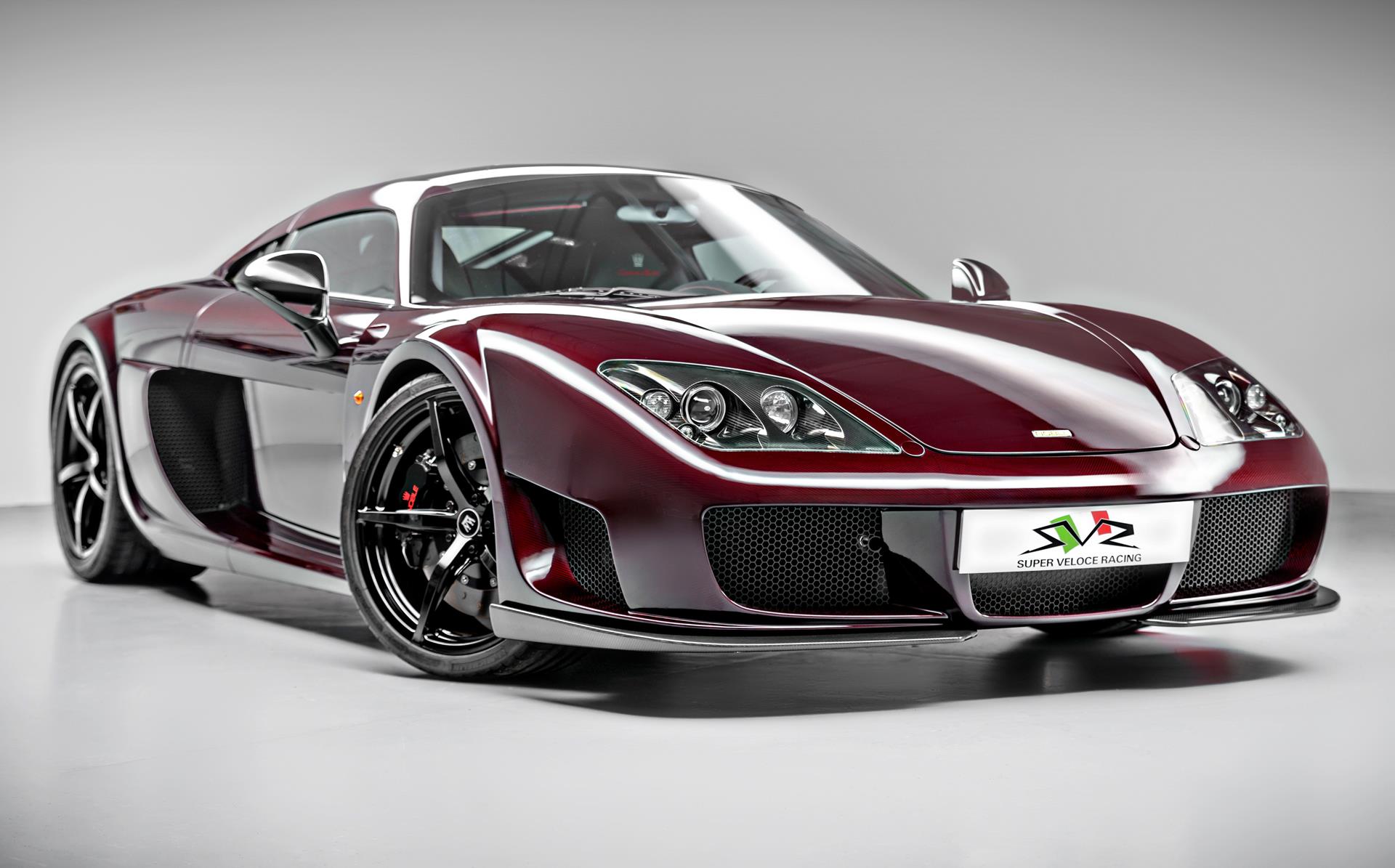
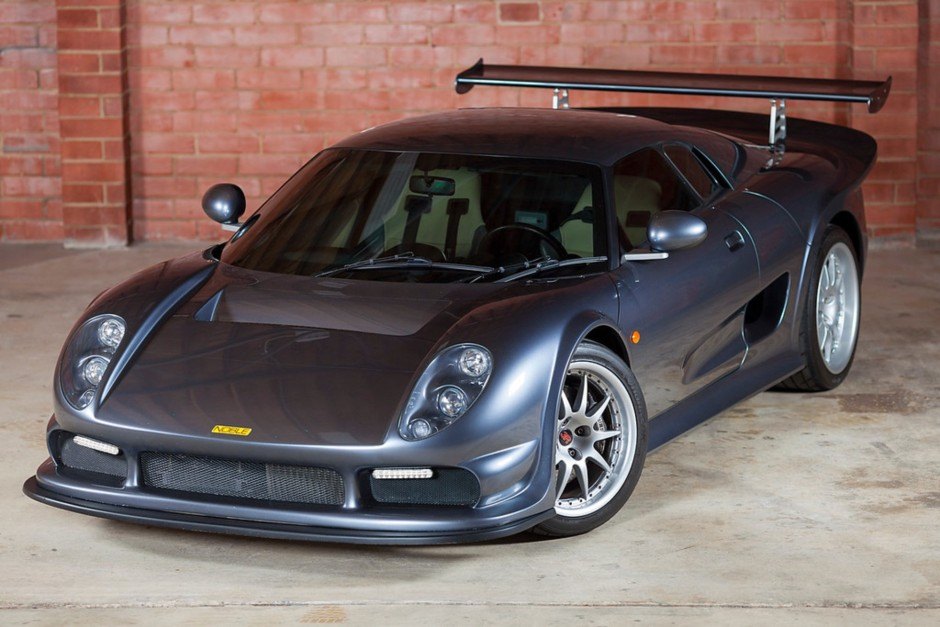
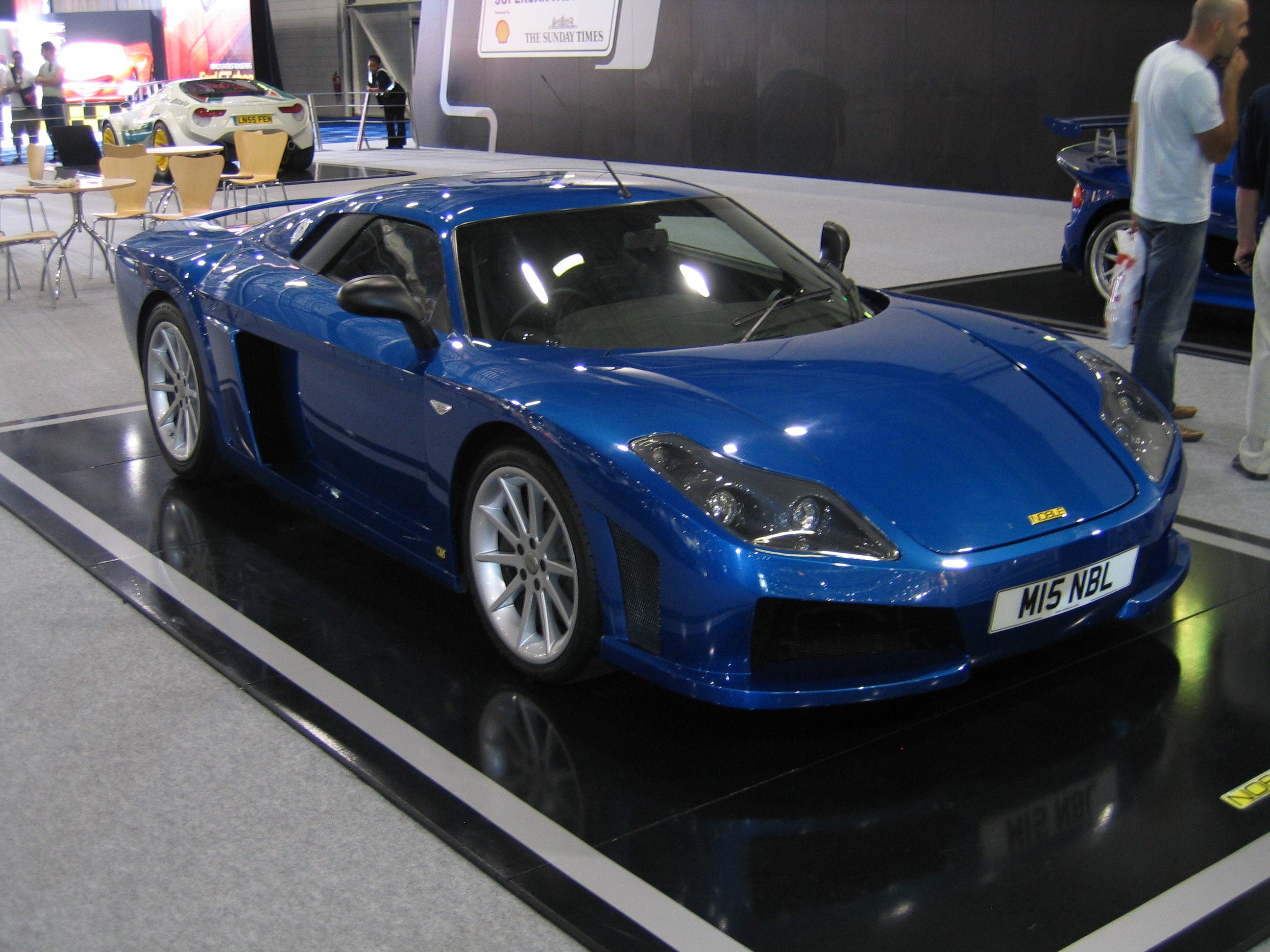

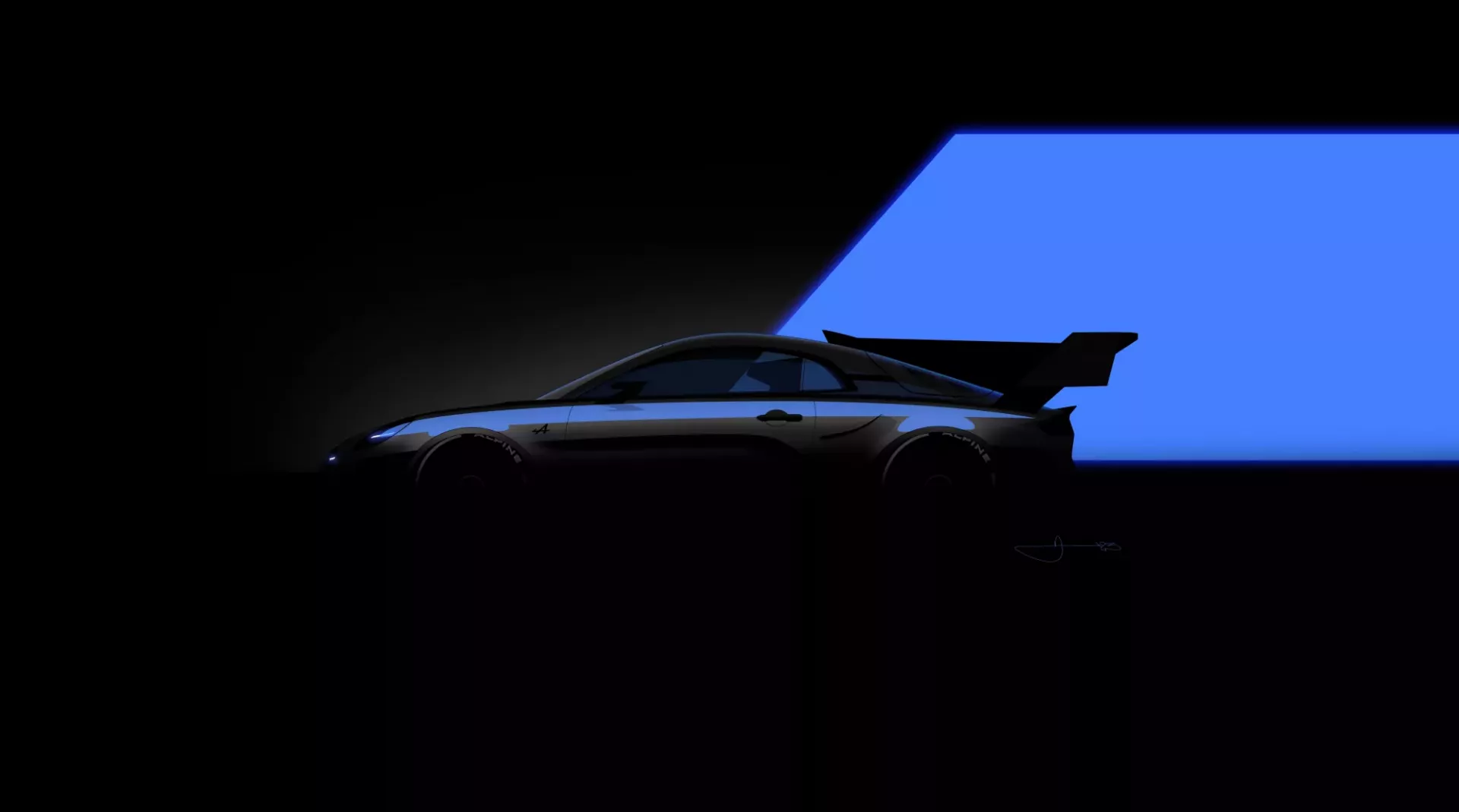


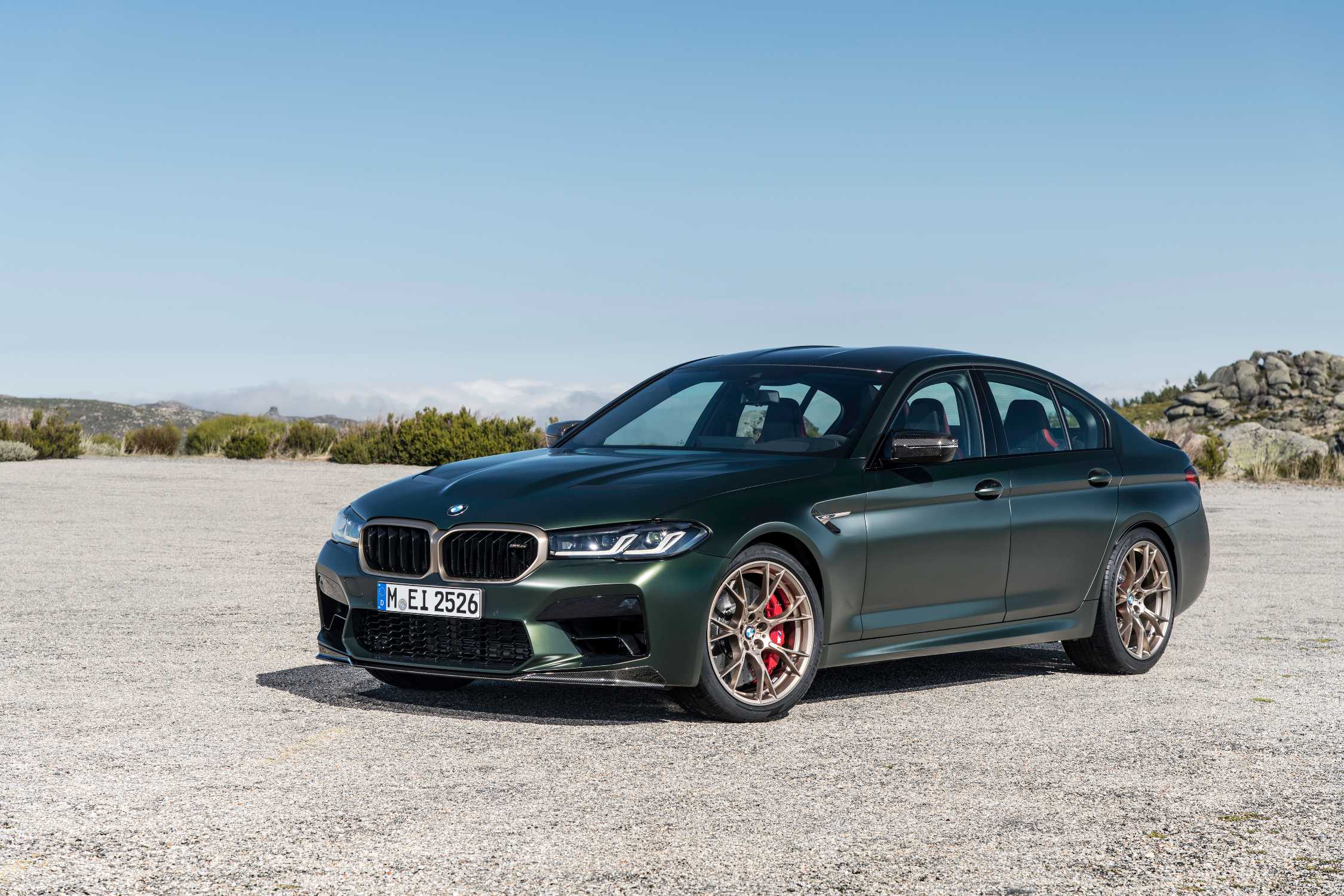


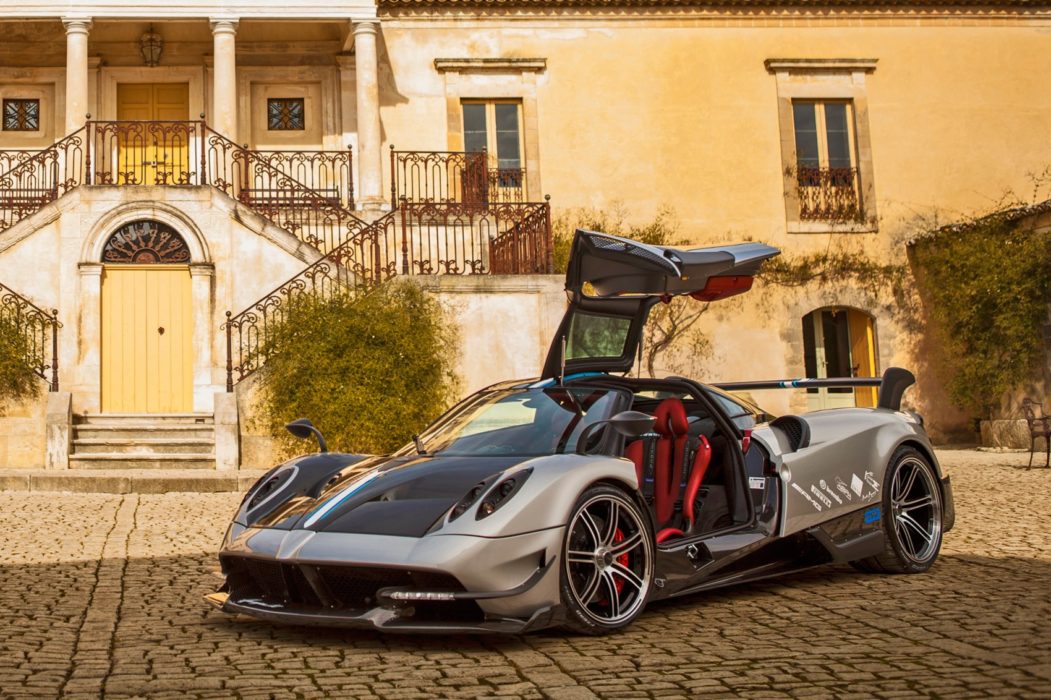
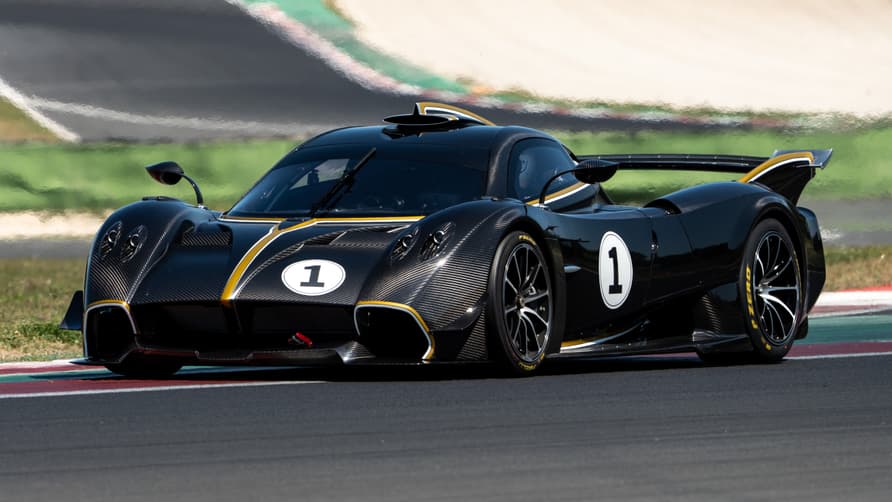
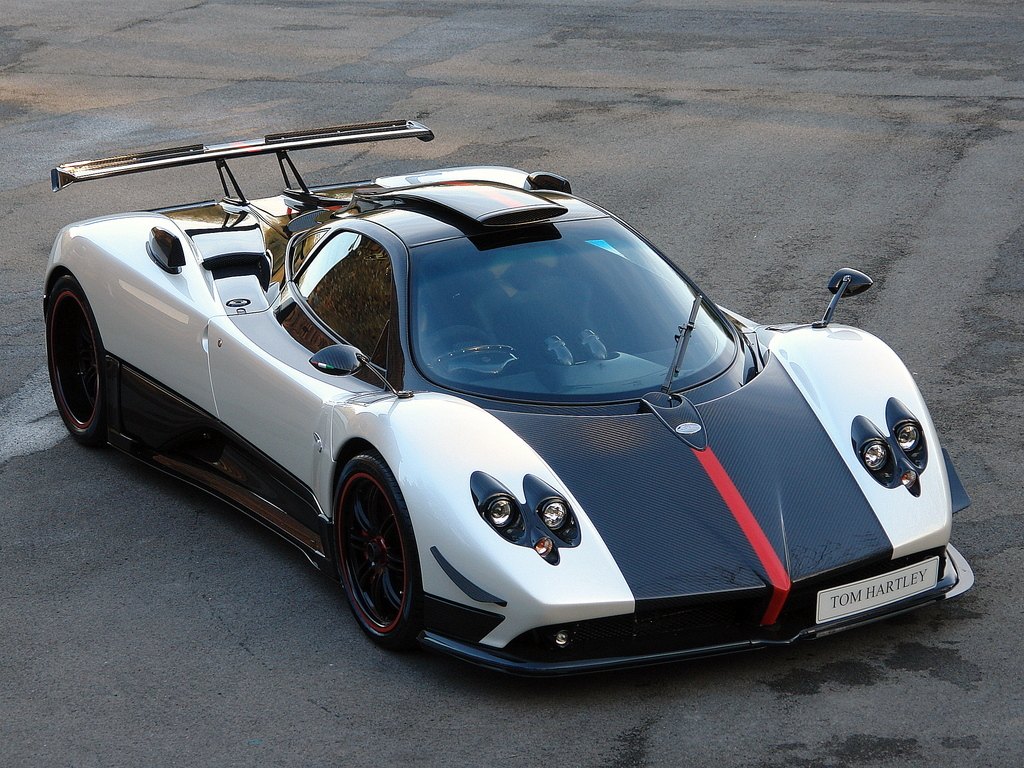
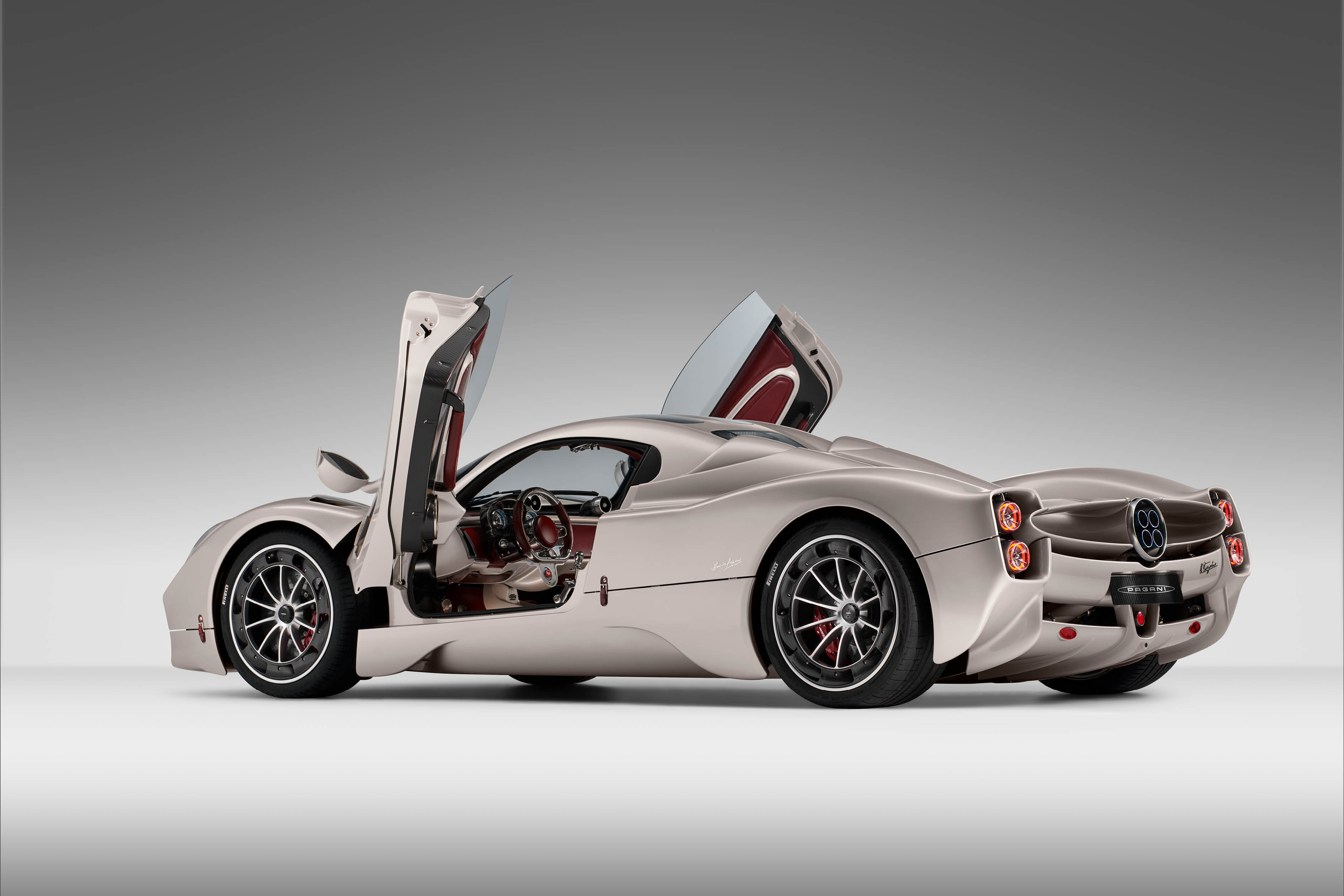
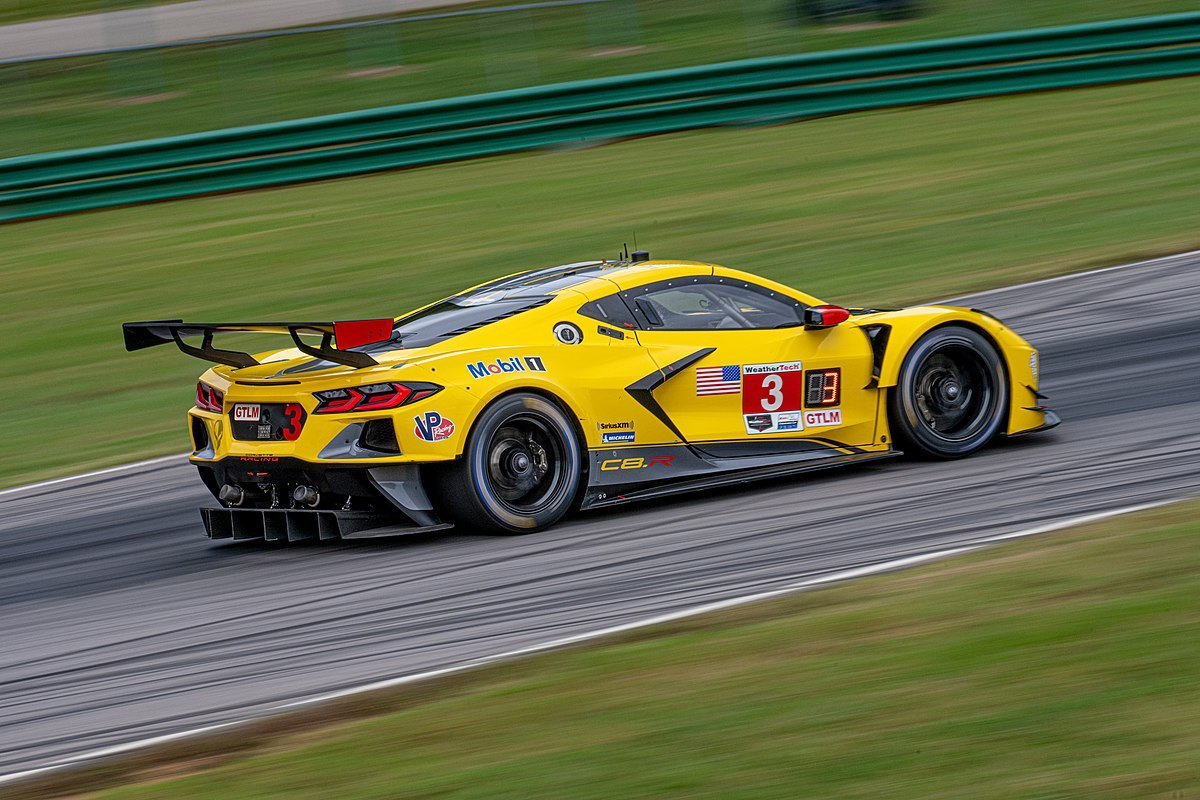
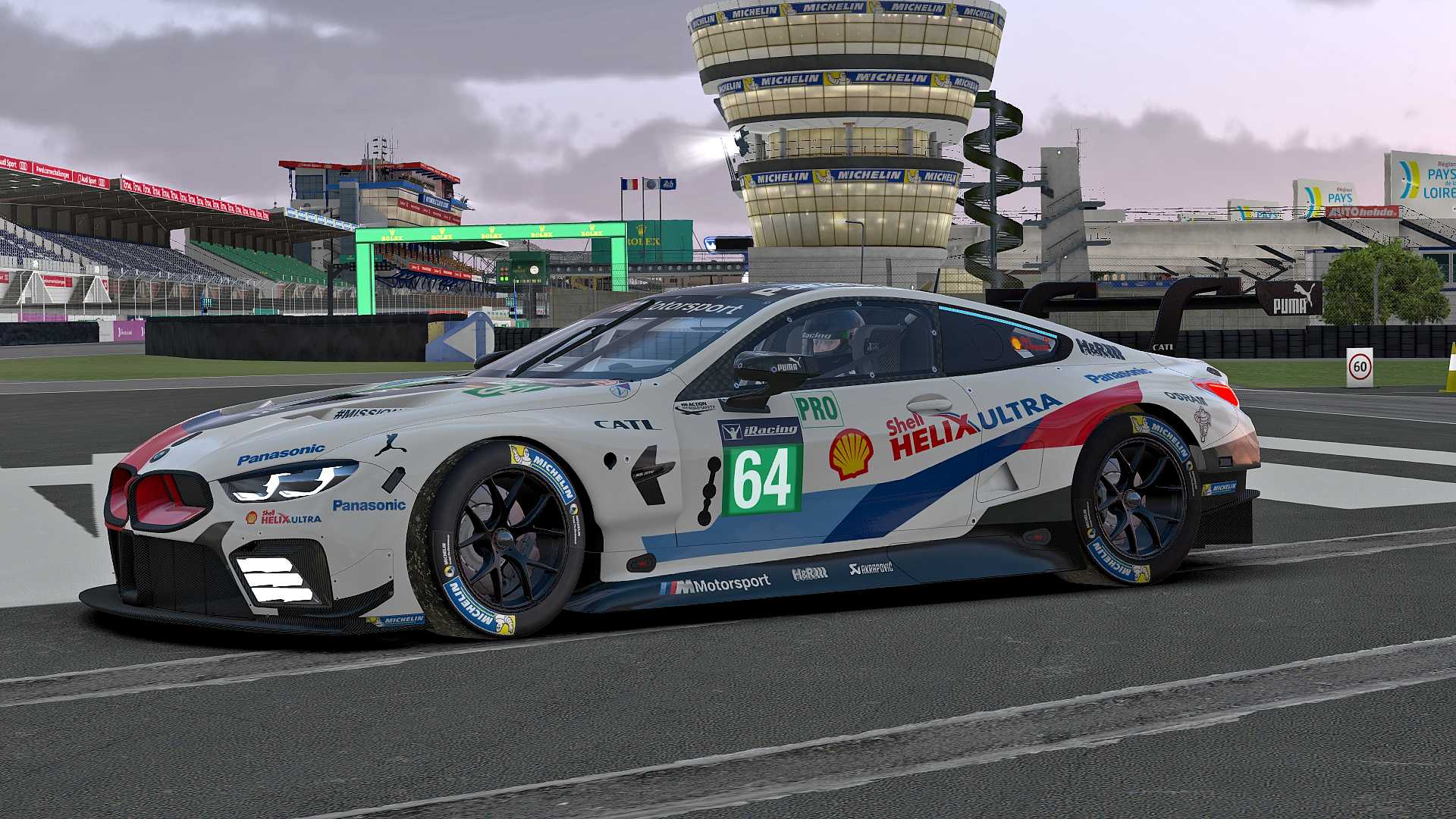
 ).
).






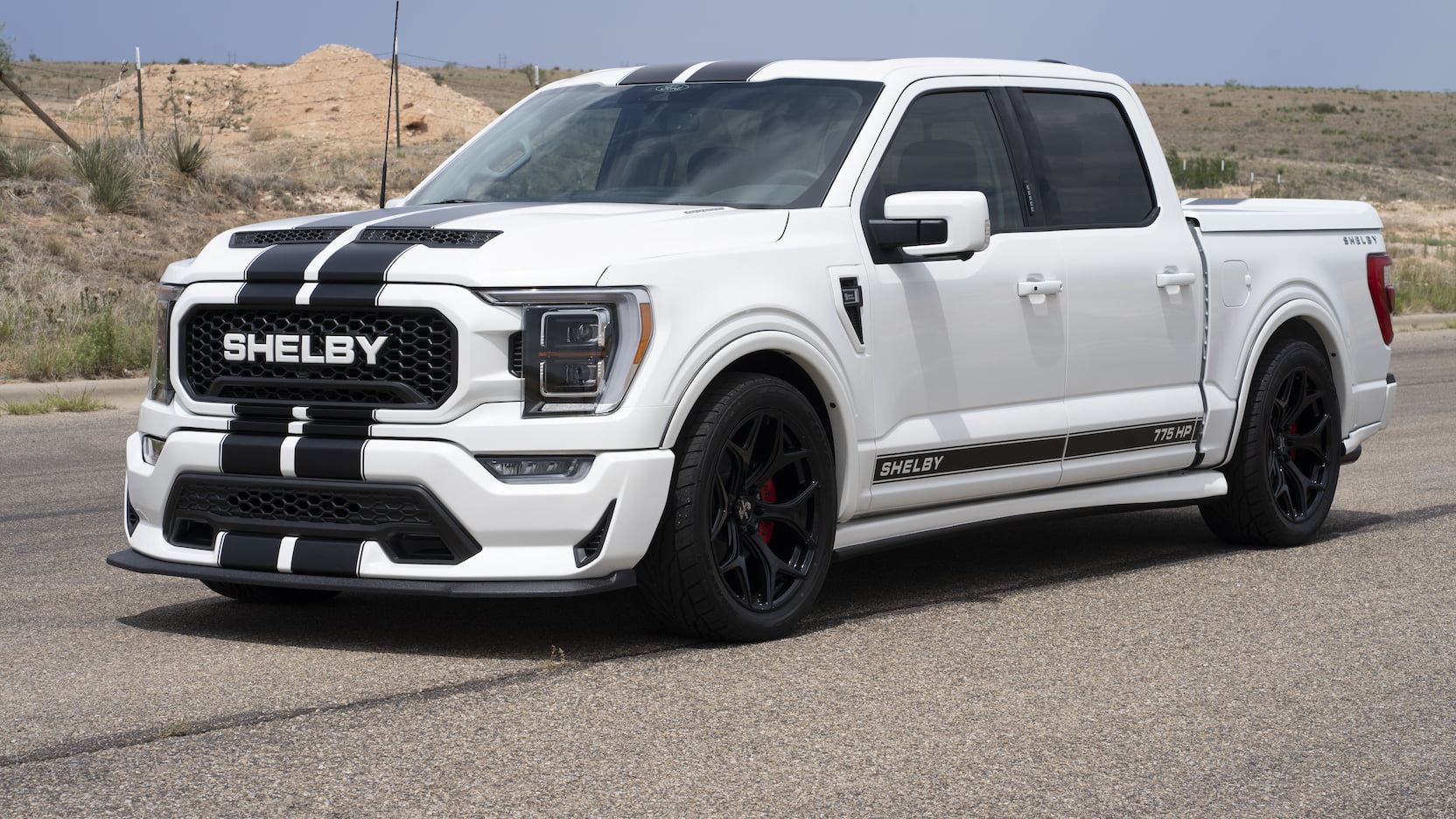
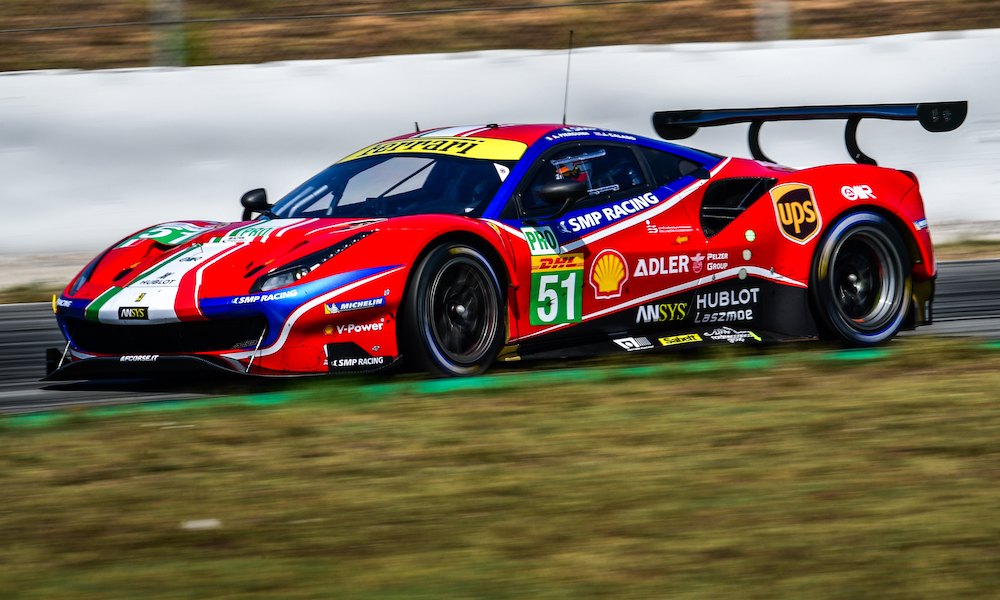
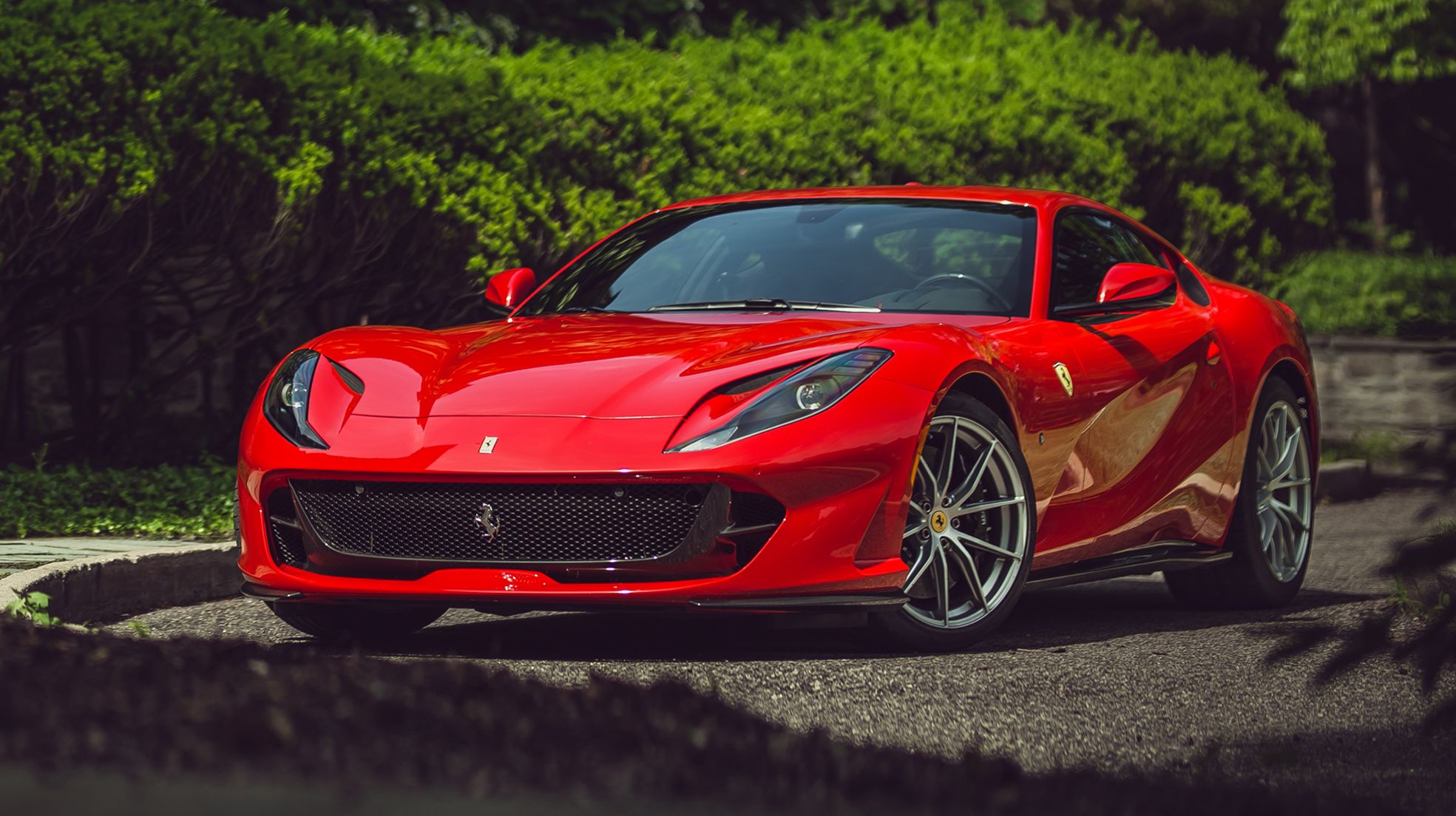
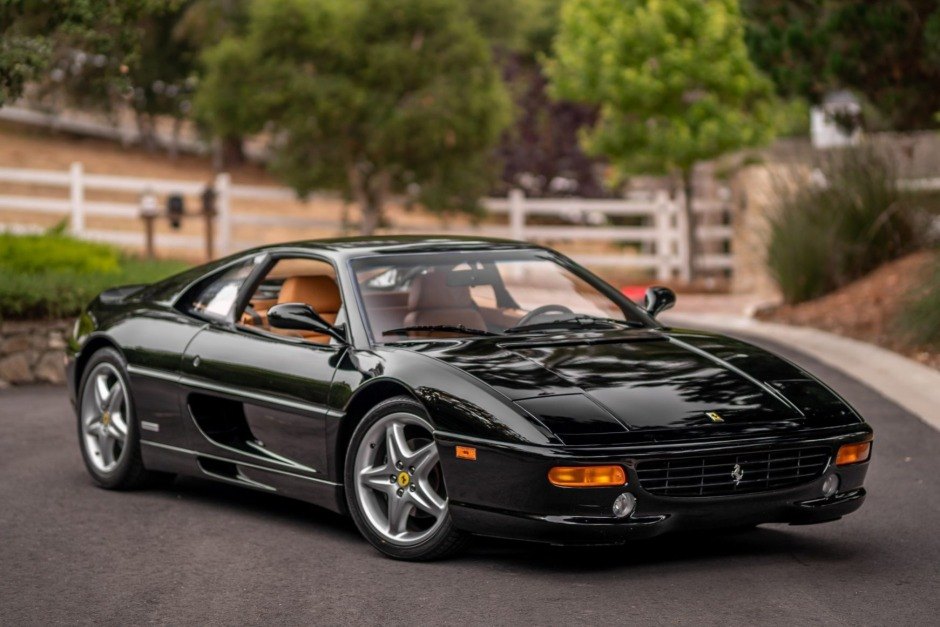

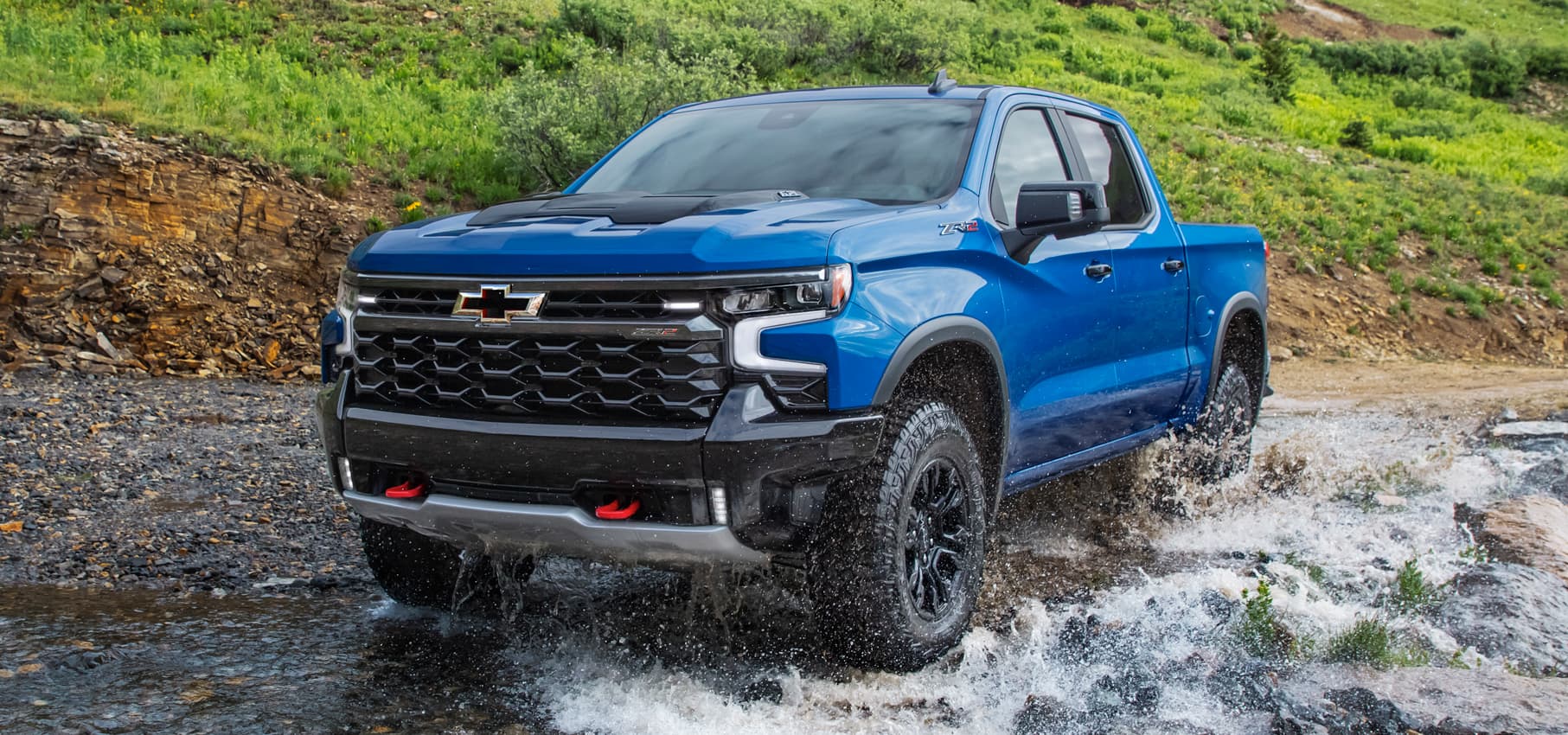




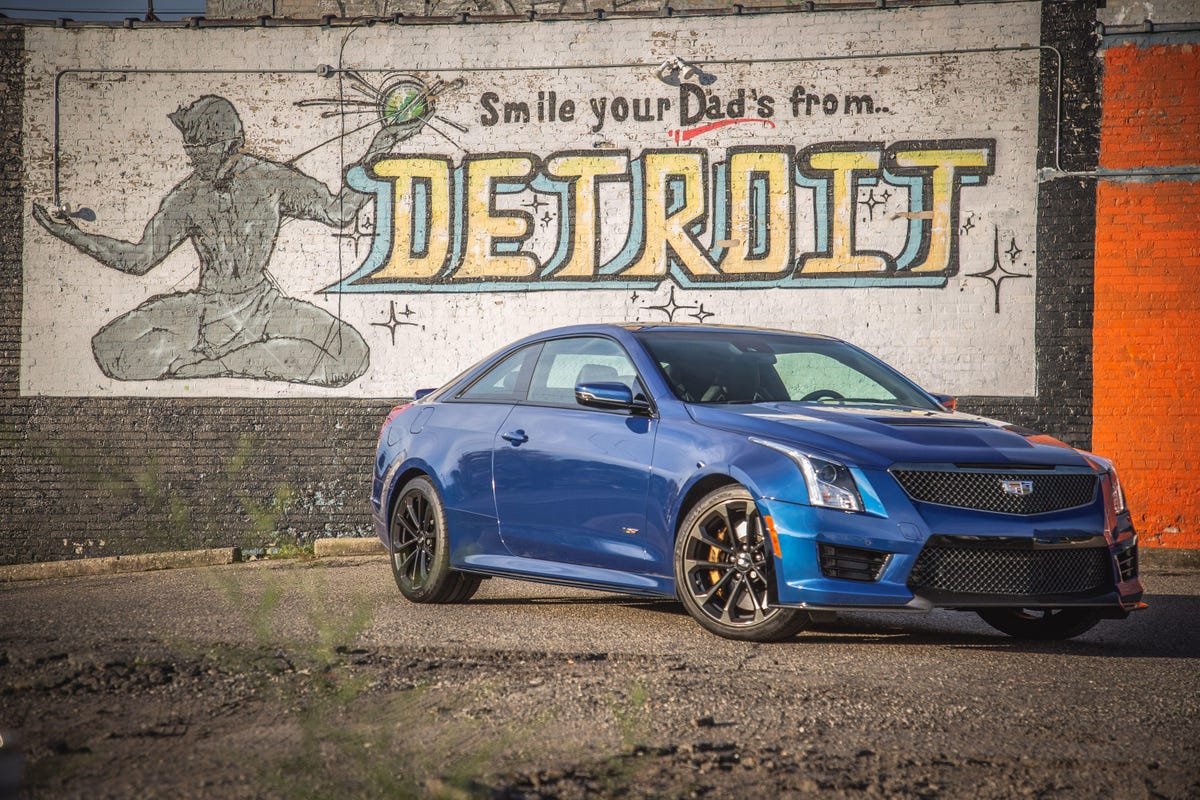
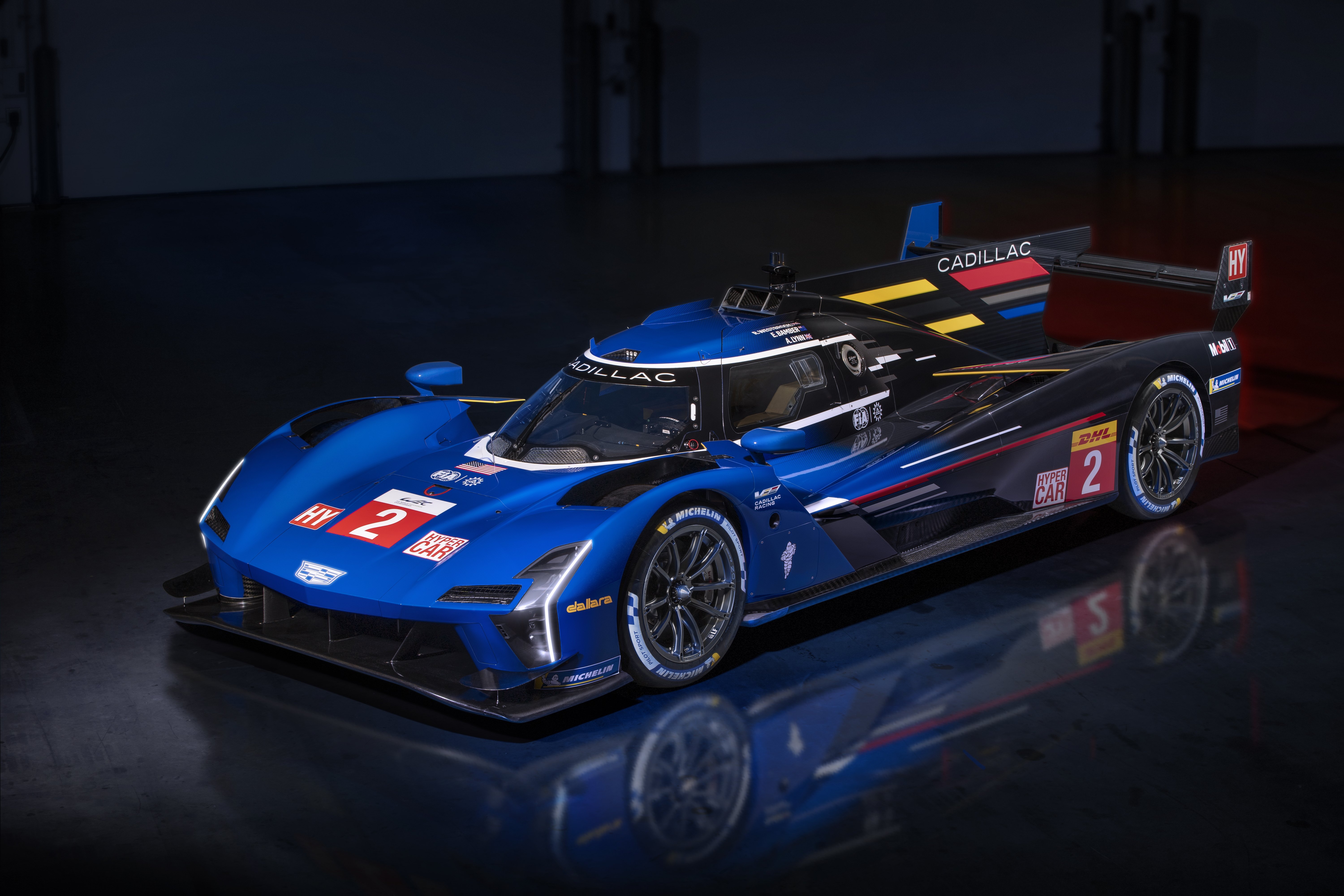
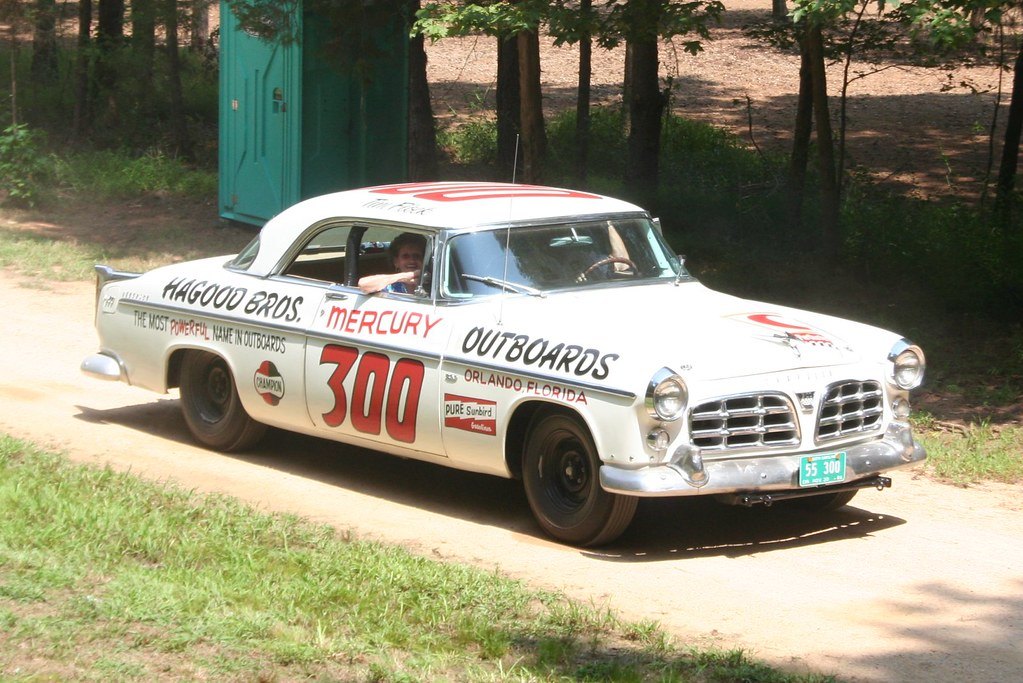

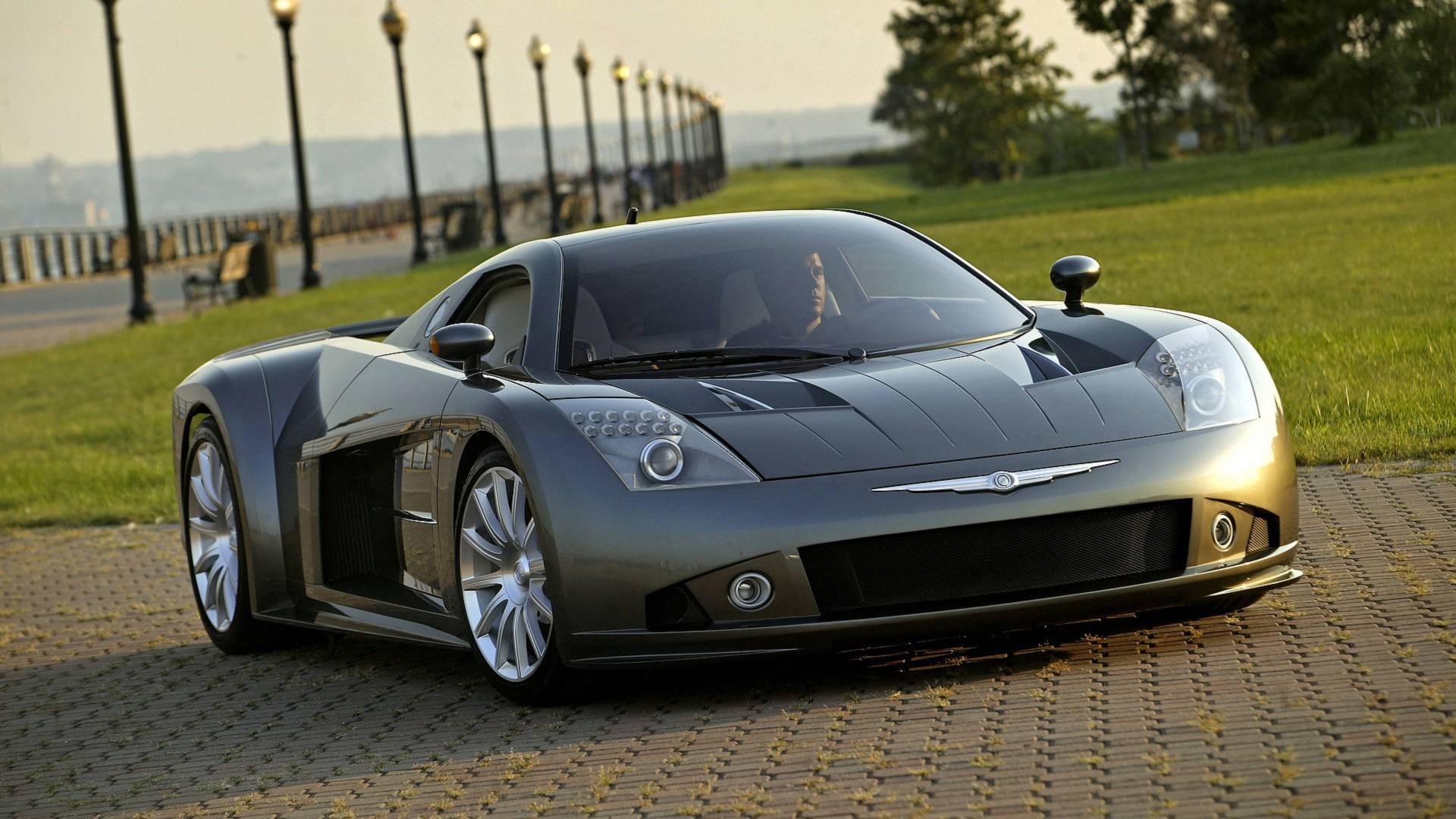
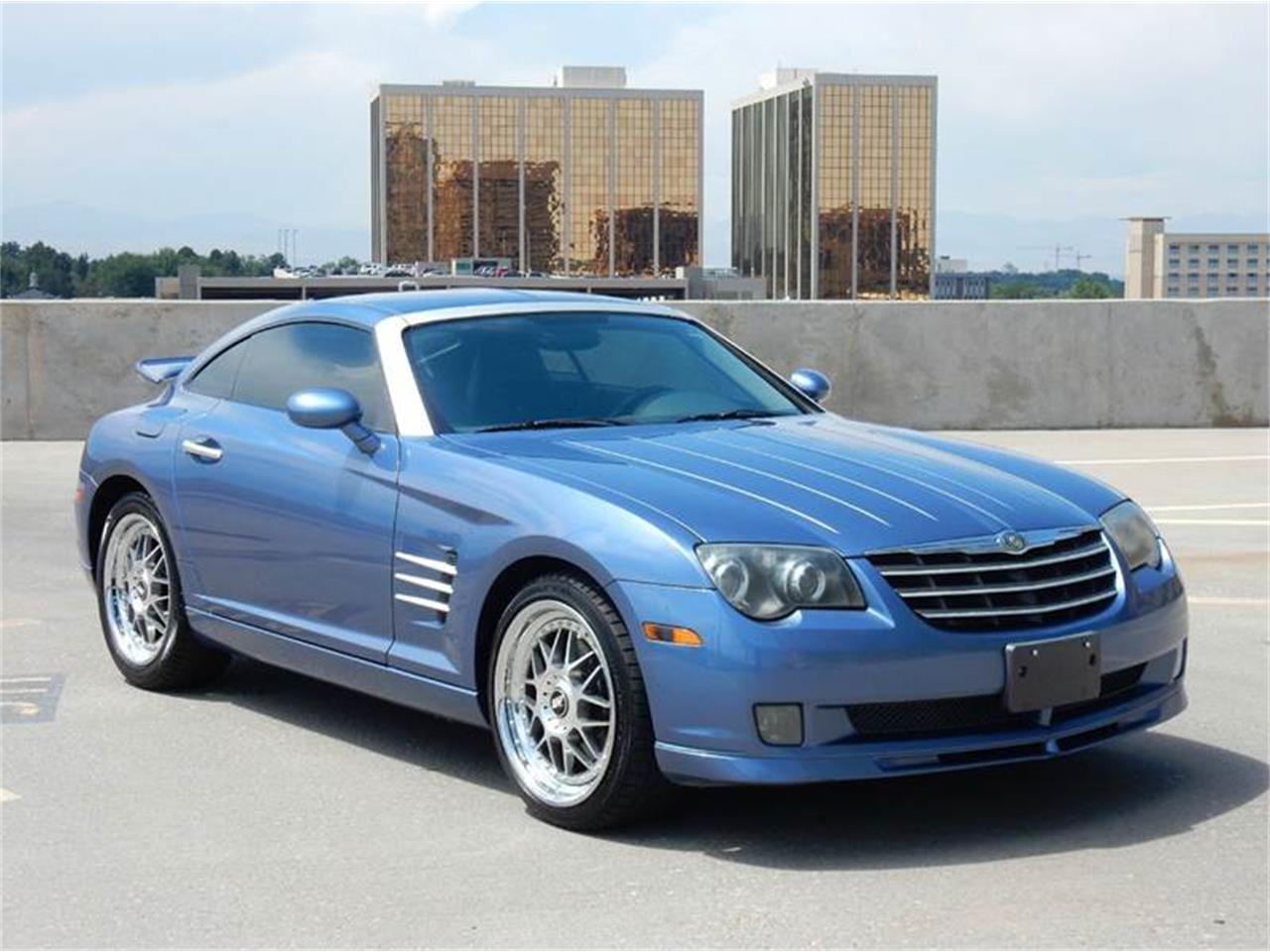


 :
:
